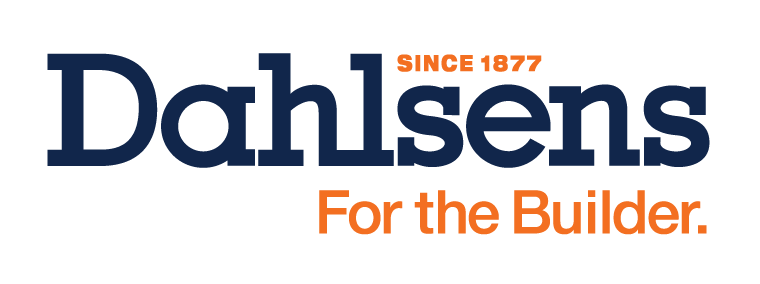Since their humble beginnings in 1882, Hyne Timber has grown to become one of Australia’s largest producers of structural timber products, a leader in preservative treatments, and an iconic supplier to the Australian construction industry.
Hyne timber is grown and manufactured in Australia and designed specifically to perform in the harsh Australian climate. The standards implemented throughout their business underpin their commitment to product quality, service, safety, and sustainable timber production.
T2 Blue | Structural Timber Framing
Their T2 Blue treated timber framing is suitable for indoor, above ground applications as either an alternative, or to complement a termite barrier system for all areas of mainland Australia that fall south of the Tropic of Capricorn.
T2 Blue is CodeMark® certified to meet the National Construction Code (NCC) and requires no annual inspections or ongoing maintenance, making it a cost-effective solution that’s guaranteed for 25-years. In fact, T2 Blue has protected over 350,000 homes without a single failure, so homeowners and renovators can rest easy knowing that the structural framing of their house is protected from termite damage.
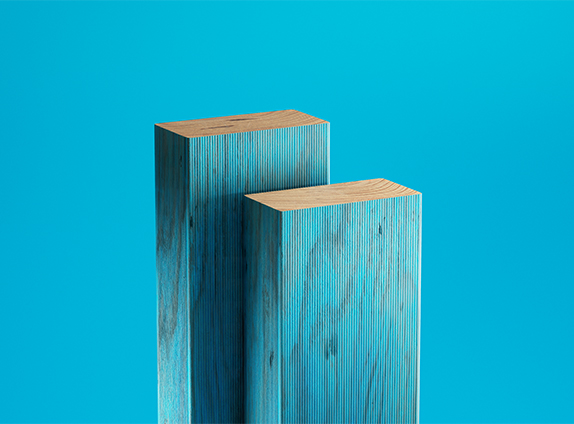
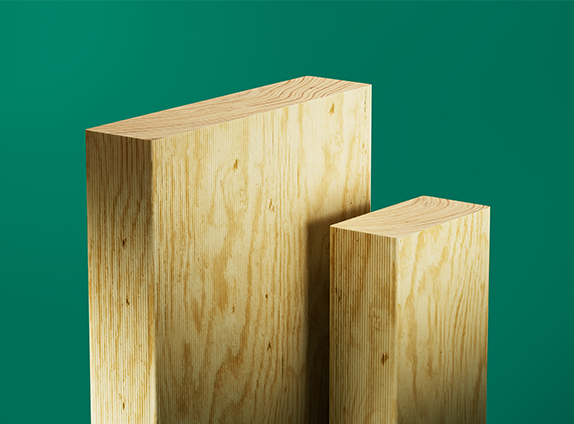
T3 Green+ | Structural Timber Framing
Hyne’s T3 Green treatment penetrates all the way through the timber, guaranteeing protection for 25-years from termite or borer attack, as well as fungal attack and rot. This makes it suitable for use in indoor and outdoor above ground applications, including deck and veranda bearers and joists, and kitchens, bathrooms, and laundries.
T3 Green features a revolutionary water-based formulation that’s uniquely safe for both people and the environment, with the added benefit of absolutely no volatile organic compound (VOC) emissions. It is CodeMark® certified, as well as being free from petrochemicals, making it safe for use in outdoor furniture, playground equipment, public projects, and other applications where CCA treated timber is restricted.
Timber Transformed | Glue Laminated Timber
Glue Laminated Timber (GLT) has emerged as an innovative construction material, offering lots of benefits that have revolutionised the way we build. From its workability on site, strength superior to solid timber, dimensional stability, and biophilic design possibilities, GLT has transformed the way we build while contributing to sustainable building practice.
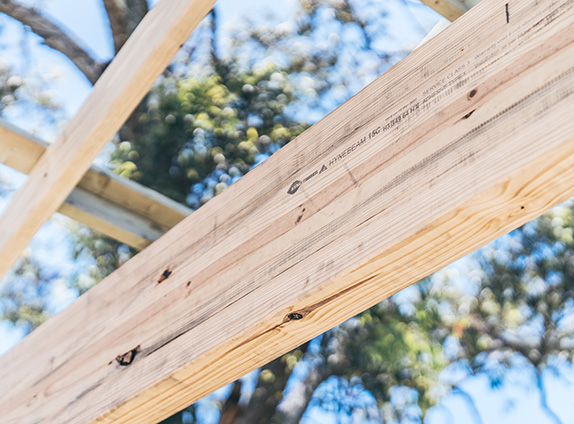
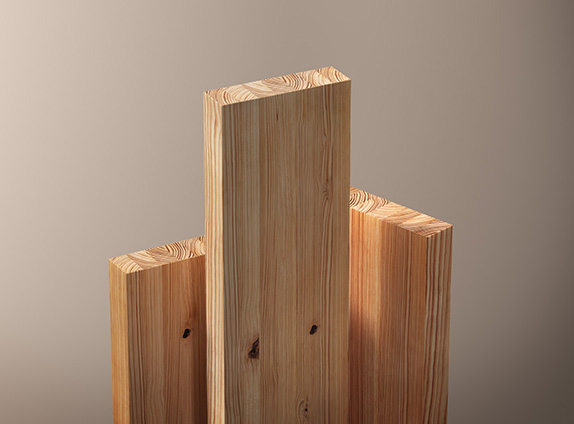
Beam 15 | Glue Laminated Timber
Beam 15 is Hyne Timber’s latest innovation in Glue Laminated Timber (GLT); a high-performance structural product that’s engineered to handle long spans and critical loads. A great alternative for GL17, Beam 15 is their strongest softwood beam, ideal for lintels over large window and door openings, garage openings or roof beams where spans over large spaces are dictated by design.
Beam 15 is available in H2 or H3 treatment for indoor and outdoor, above ground applications throughout Australia. Rigorously tested, Beam 15 has been performance assessed by an independent third-party accreditation program, which was completed by the Engineered Wood Products Association of Australasia (EWPAA).
LGL | Glue Laminated Timber
LGL or ‘Lumber Glue Laminated’ is a solid wood alternative to LVL beams. Straight and stable, LGL is ideal for lintels, joists, and bearers, and has been engineered to not only hold high loads, but also a nail, making it easy to work with on site.
Produced from premium quality Australian plantation pine and treated to Hazard Level 3 (H3) as standard, LGL is suitable for use in both internal and external applications. Each laminate used in the production of LGL is treated to the core, ensuring fungal and termite resistance.
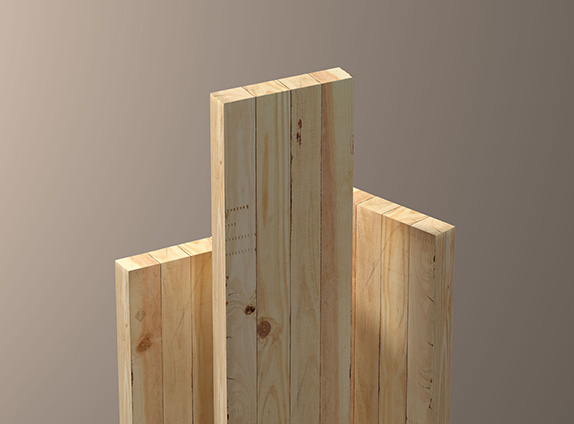
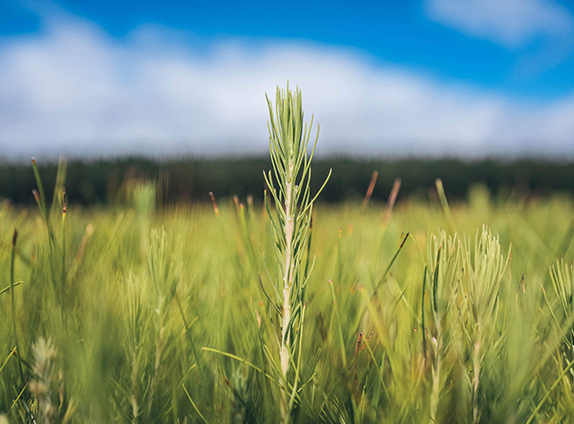
Sustainability | A truly renewable building material
As far back as 1889, sustainability has been part of Hyne Timber’s DNA.
Hyne Timber ensure that all their timber stock is sourced from PEFC certified sustainably managed Australian plantations and all have full Chain of Custody certification. That means for every tree that’s harvesting, another is planted in its place.
In fact, they value timber so much that nothing gets wasted from their logs. Wood chip is turned into paper, carboard, furniture and other items. Even sawdust from the logs is used to power our kilns and the excess is converted into bio-fuel pellets.
Timber Fast Facts
- Timber literally grows on trees, making it one of the few natural, renewable building materials.
- Every 150 seconds Australian plantations grow enough wood to build the average home.
- For every 14m3 of timber used (the amount you need for an average house) over 10 tonnes of carbon is removed from the atmosphere.

